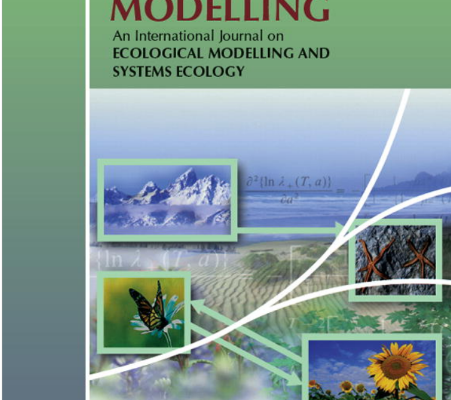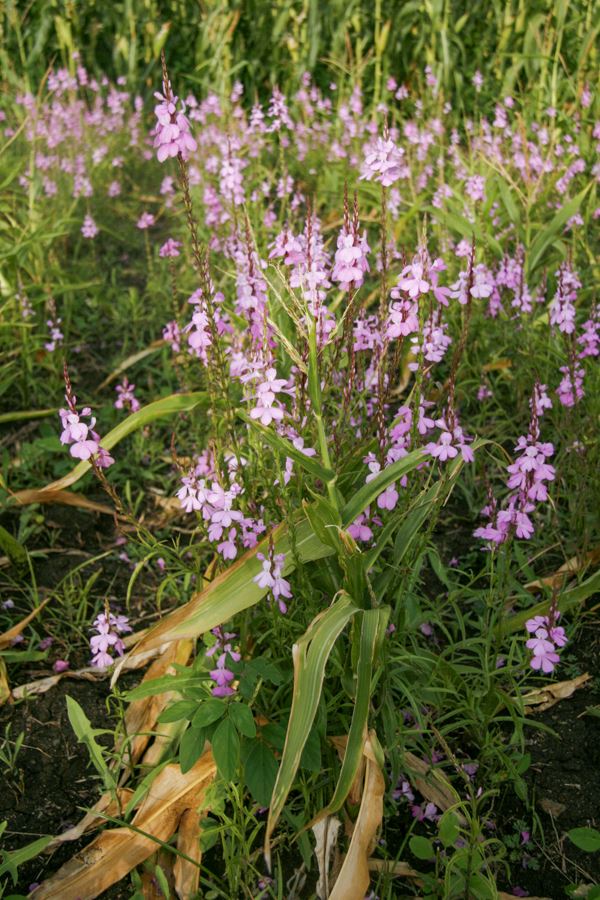Traditional occupancy–abundance and abundance–variance–occupancy models do not take into account zero-inflation, which occurs when sampling rare species or in correlated counts arising from repeated measures. In this paper we propose a novel approach extending occupancy abundance relationships to zero-inflated count data. This approach involves three steps: (1) selecting distributional assumptions and parsimonious models for the count data, (2) estimating abundance, occupancy and variance parameters as functions of site- and/or time-specific covariates, and (3) modelling the occupancy–abundance rela- tionship using the parameters estimated in step 2. Five count datasets were used for comparing standard Poisson and negative binomial distribution (NBD) occupancy–abundance models. Zero-inflated Poisson (ZIP) and zero-inflated negative binomial (ZINB) occupancy–abundance models were introduced for the first time, and these were compared with the Poisson, NBD, He and Gaston’s and Wilson and Room’s abundance–variance–occupancy models. The percentage of zero counts ranged from 45 to 80% in the datasets analysed. For most of the datasets, the ZINB occupancy–abundance model performed better than the traditional Poisson, NBD and Wilson and Room’s model. He and Gaston’s model performed better than the ZINB in two out of the five datasets. However, the occupancy predicted by all models increased faster than the observed as density increased resulting in significant mismatch at the highest densities. Limitations of the various models are discussed, and the need for careful choice of count distributions and predictors in estimating abundance and occupancy parameter are indicated.
Authors: Gudeta Sileshi, Girma Hailub and Gerson I. Nyadzi
Contact address: sileshigw@gmail.com
Institution: Addis Ababa University, Department of Plant Biology and Biodiversity Management
Twitter name of the institution: @AddisUniversity
Twitter link: https://x.com/AddisUniversity
Available downloads:
Traditional occupancy–abundance models are inadequate for zero-inflated ecological count data


